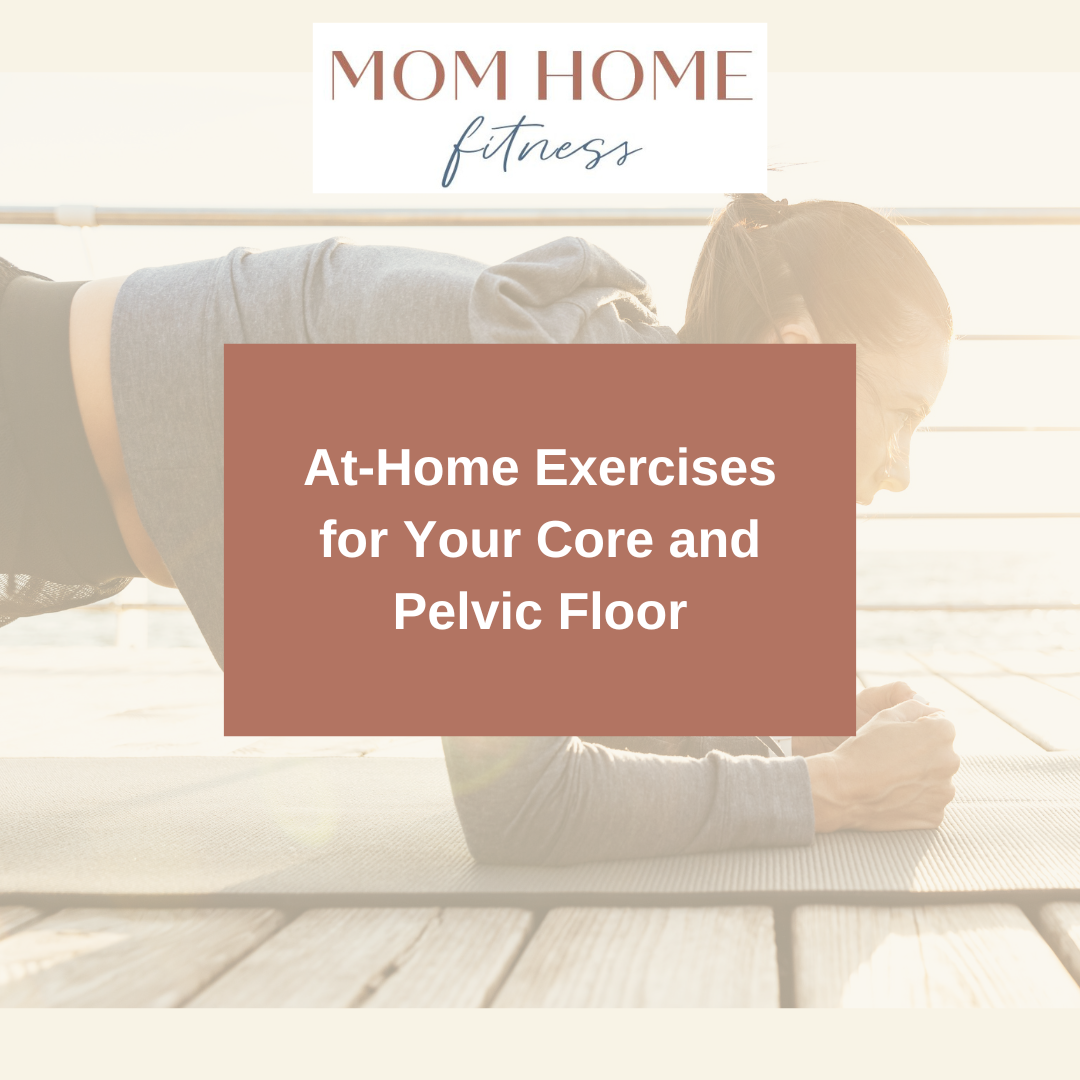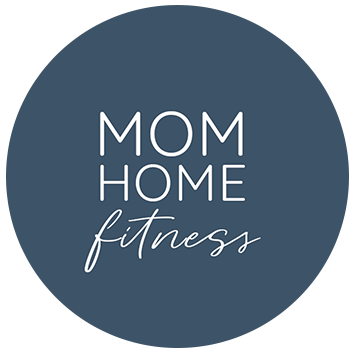

At-Home Exercises for Your Core and Pelvic Floor
In this blog, we'll discuss how breathing and posture are critical to postpartum recovery and outline five essential exercises that support healing and strengthen your core and pelvic floor.

Finding Your Fitness Routine
A great starting point is to reframe your approach to fitness—initially, focus on simply getting some movement in, rather than aiming for a full workout. This shift in perspective can make it easier to incorporate physical activity into your day without adding unnecessary pressure.

The 20-Minute Workout Secret
The "Check the Box" mindset is about breaking down barriers and prioritizing consistency over intensity. It's the belief that doing something is always better than doing nothing.

Cardio, Weight Lifting, or Both?
Whether you're sprinting on the treadmill, conquering a mountain trail, or bench pressing like a boss, the spice of variety can keep boredom at bay.

The Power of Hypopressives: A Holistic Approach to Pelvic Floor Health and Prolapse
Hypopressive exercises, or hypopressives for short, are a series of breathing and postural exercises designed to reduce intra-abdominal pressure and strengthen deep pelvic floor and core muscles.

The Hidden Power of Proper Tongue Placement
Proper tongue placement involves positioning the tongue firmly but gently along the entire upper palate, which is the roof of the mouth. This goes beyond the common notion of the tongue being behind the front teeth. When we achieve this optimal tongue posture, several remarkable benefits become apparent.

The Subtle Impact of Workout Clothing
One crucial aspect of postpartum fitness that often goes unnoticed is the choice of workout attire. In this blog post, I'll emphasize the importance of clothes with "give" and how overly tight sports bras and exercise pants can negatively impact breathing and overall physical and mental well-being during postpartum recovery.
Ready to work with me?


